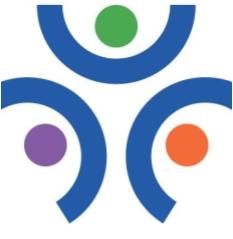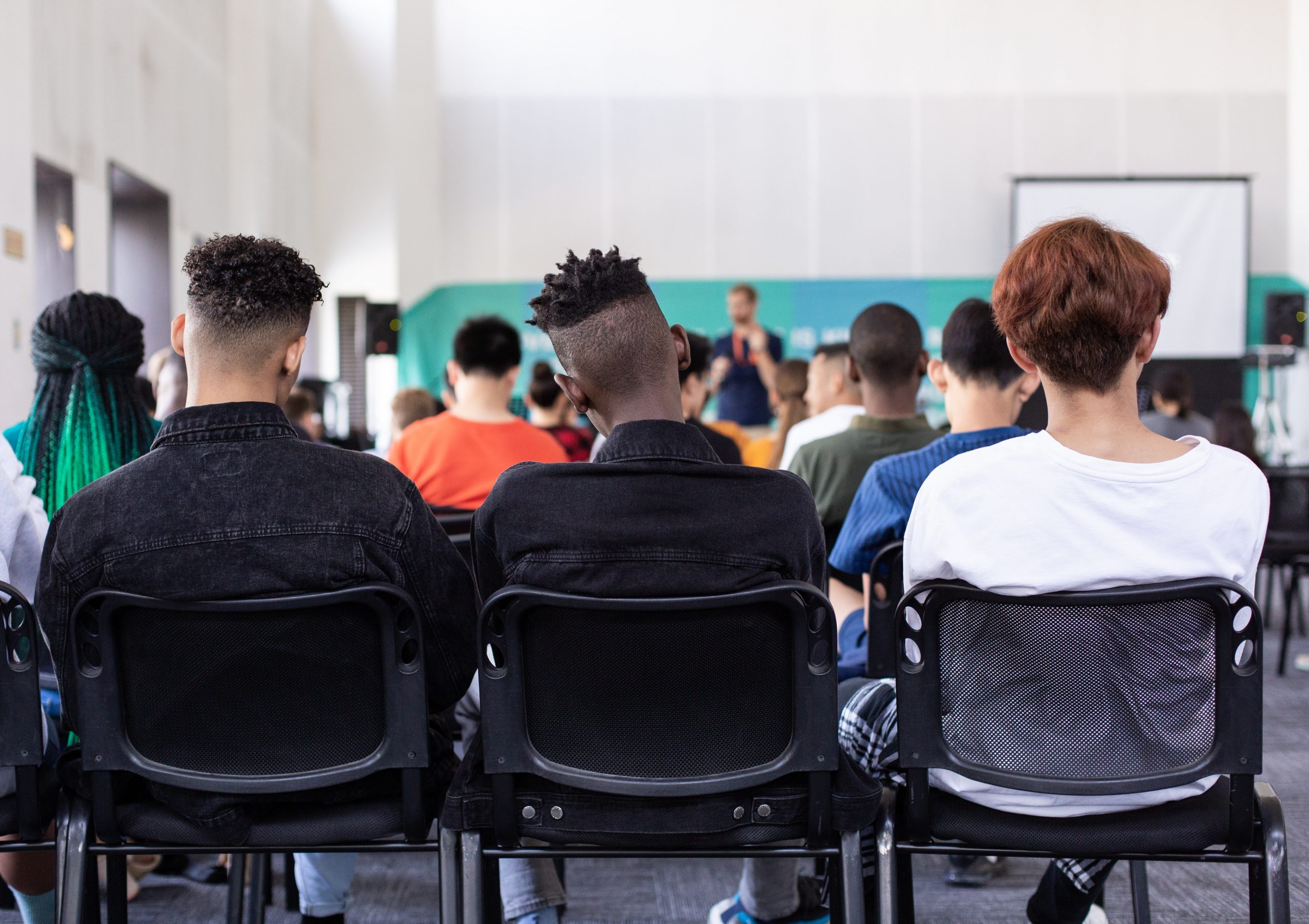If you have spent any time in the special education space, you have undoubtedly heard the term neurodiversity. It refers to the vast spectrum of variation in brain function, learning capacity, and behavioral traits, believed to be necessary for collective societal function.
Neurodiversity, in the modern age, is promoted as a net positive and regarded not as a series of aberrations but simple, neutral, and unbiased differences.
History of the Neurodiversity Movement
Kickstarted by adult individuals with learning differences such as autism and ADD, the crux of the neurodiversity movement is empowerment, not shame. As children of the 1980s and 1990s who often faced stigma and challenges in the traditional education system, the leaders of this community are reclaiming their identities and viewing them through a positive lens.
Social media has made the community more accessible for neurodiverse individuals. Still, you might be surprised to learn that the term itself was coined back in 1998 when the Internet was first starting to figure into parents’ and educators’ toolkit for students with learning disabilities.
Neurodiversity in Academia
Australian sociologist Judy Singer, herself likely somewhere on the autism spectrum, first used the term in her honors thesis in 1996. She presented her paper two years later, at which point she began a correspondence with an American writer named Harvey Blume, who shared her professional interest in autism. Blume published an article in The Atlantic, which presented Singer’s concept in laymen’s terms:
“The common assumption in cognitive studies these days is that the human brain is the most complicated two-and-a-half pounds of matter in the known universe. With so much going on in a brain, the argument goes, the occasional bug is inevitable: hence autism and other departures from the neurological norm. … Neurodiversity may be every bit as crucial for the human race as biodiversity is for life in general.”
Today’s neurodiversity movement reflects a growing appreciation for the spectrum of traits and capabilities of the human population. While not every neurodiverse child will necessarily require special education, alternative schools offer provisions that enable them to succeed in ways that the traditional public school system simply cannot.






